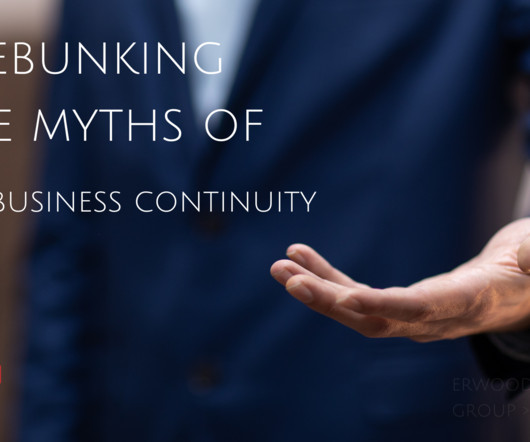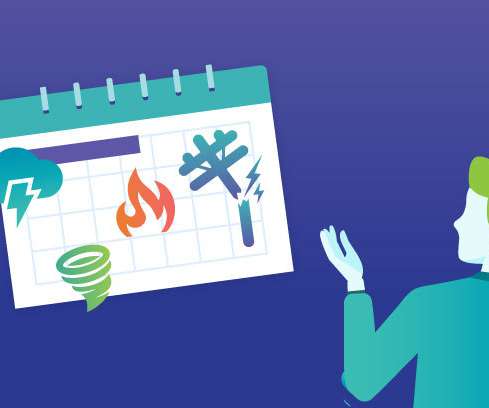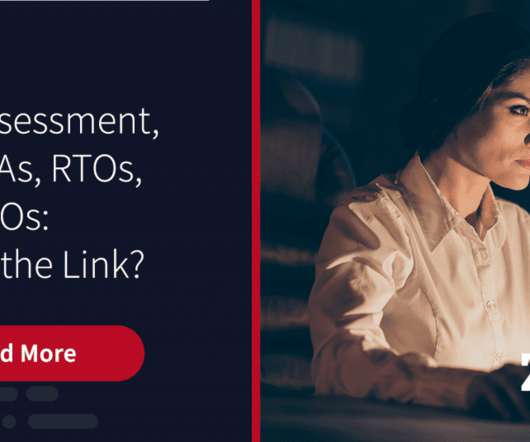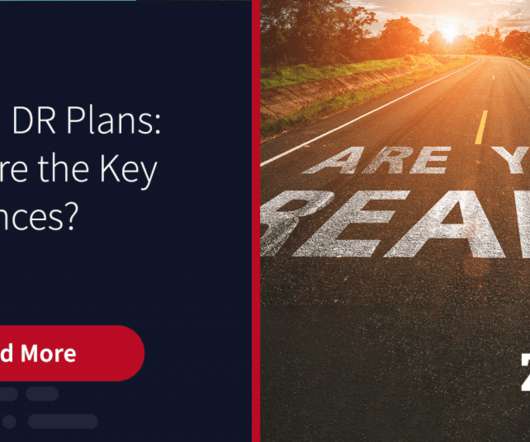Understanding Recovery Time Objectives: A Key Component in Business Continuity
Erwood Group
MAY 30, 2024
The RTO specifies the target time or goal within which a business process, system, or application should be restored and recovered to an acceptable level of performance after a disruption to avoid significant business impact. These technologies facilitate quicker recovery times and enhance overall resilience.


















Let's personalize your content